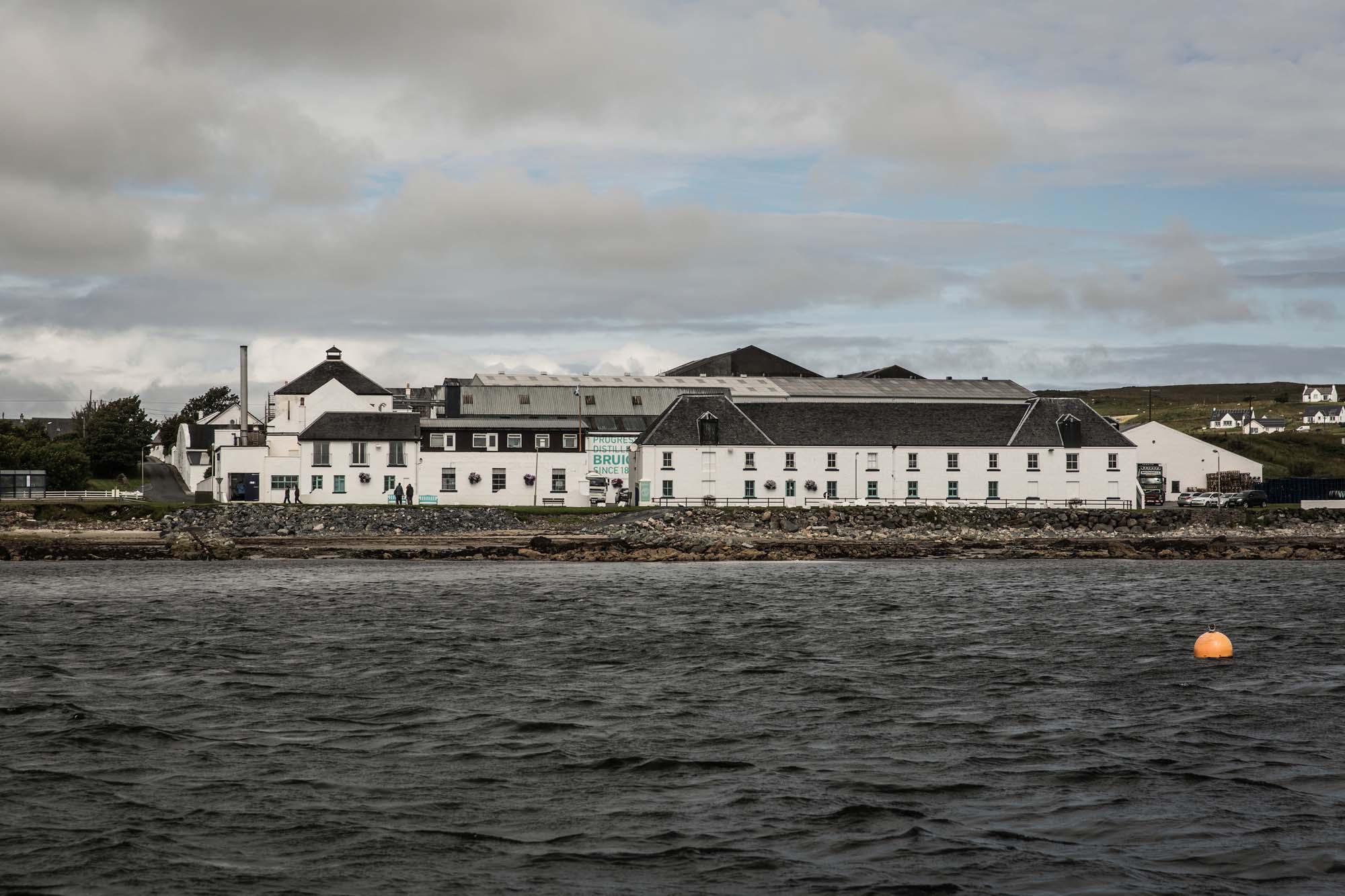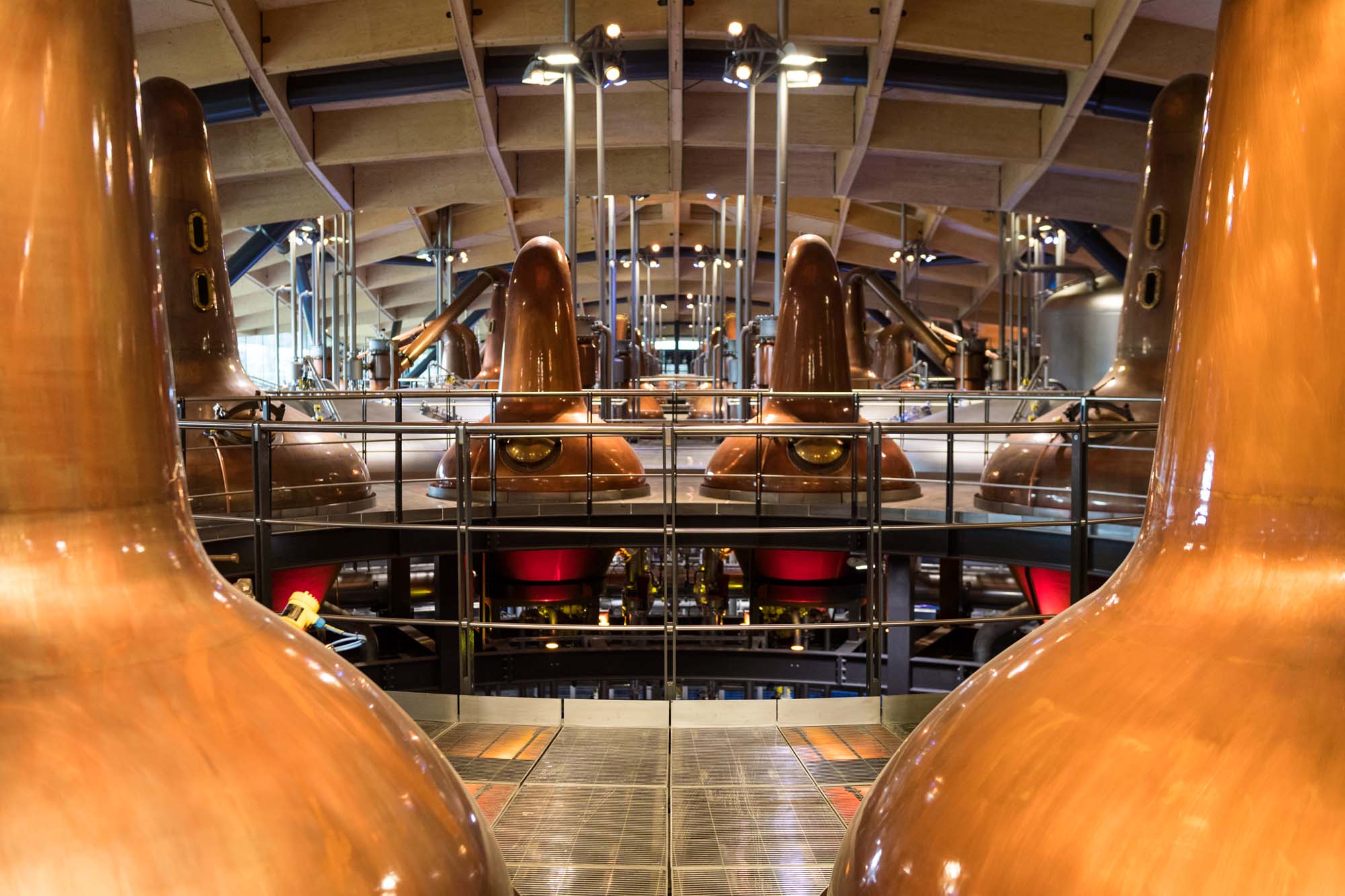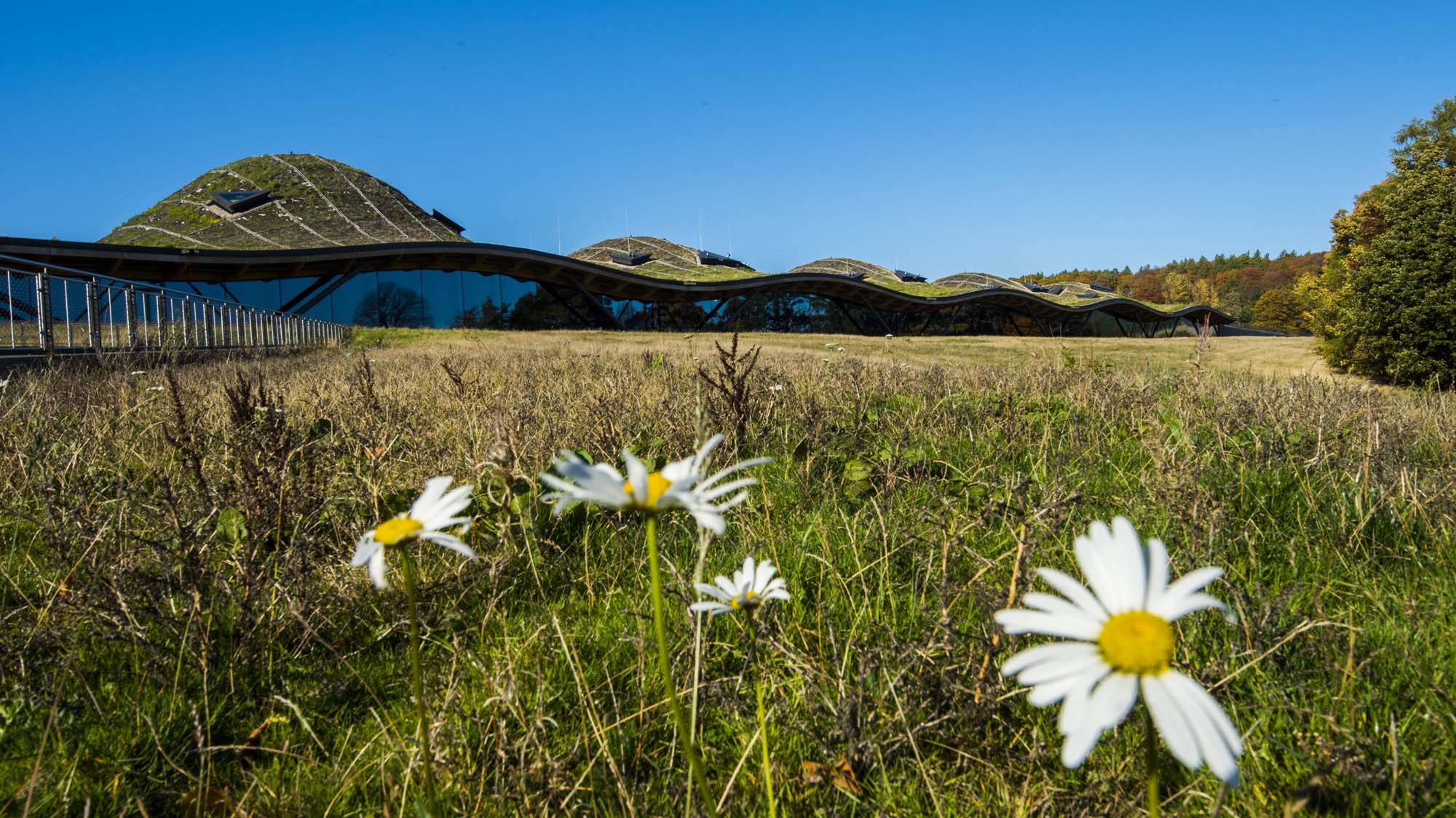Scotch whisky is one of the world’s great spirits, with a rich history, shady characters, and some strict regulations on how it is made.
It can all be a little difficult to navigate for the newly initiated; here’s a cheatsheet to help wrap your head around the stuff from Scotland.

A (very) brief history of Scotch whisky
Scotch whisky is such a storied, historic spirit, it can be hard to know where to begin.
How about here: the first written reference to Scotch whisky is usually said to be in the Scottish Exchequer Rolls in 1494, described thus:
“Eight bolls of malt to Friar John Cor wherewith to make aquavitae.”
Aqua vitae is the Latin for water of life (it’s where we get eau de vie from, and Scandinavia’s akvavit, too); and back in the 1400s the term was applied to any intoxicating liquor derived from distillation. It’s also where the term whisky comes from: the Gaelic for water of life, uisge beatha, eventually came to called whisky.
As the late Mark Ridgwell wrote in his book, Spirits Distilled, Scotland was ideally suited to whiskymaking: the climate and ample rainfall were well-suited to growing barley, from which whisky is made. And the dense woodland moors were perfect for illicit whisky-making away from the eyes of the taxman, which allowed duty free drinking throughout Scotland — and a love for the stuff to take hold.
That ended, to an extent anyway, with the Excise Act in 1823 which allowed distilleries to operate in exchange for a licence fee to the government, and it’s in the 1800s that many of the distilleries operating today, the well known names and brands, were first established.
The other significant development in the 1800s was the invention of the Coffey still. Aeneas Coffey’s patent still warrants an explainer all of its own, but in effect what it allowed distillers to do was to create a more highly refined spirit that was lighter in taste and higher in alcohol.
Whisky up until then was distilled on pot stills to a lower alcoholic strength, and the resulting spirit was bigger in flavour and oilier than the newer, lighter spirit from the Coffey still. This allowed distillers to combine the two types of spirit, making blended whisky — a spirit that was rounder and more palatable (if less stridently flavoursome) and one that appealed to a broader public.

Scotch whisky definitions
If you work in the drinks trade or in a bar, your first thought when you think about Scotch whisky is probably of single malt whisky. But here’s the thing: most of the Scotch whisky sold and drunk around the globe is blended whisky. What’s the difference between the two? Let’s get into some definitions.
Scotch whisky, unlike some of other spirit categories, is strictly regulated; the Scotch Whisky Regulations legislation is clear about what can and can’t be called Scotch whisky.
They state that for any spirit to be called Scotch whisky it must be distilled in Scotland and:
- distilled at a distillery in Scotland from water and malted barley (to which only whole grains of other cereals may be added) all of which have been processed at that distillery into a mash; converted at that distillery into a fermentable substrate only by endogenous enzyme systems; and fermented at that distillery only by the addition of yeast;
- distilled at an alcoholic strength by volume of less than 94.8 per cent so that the distillate has an aroma and taste derived from the raw materials used in, and the method of, its production;
- matured only in oak casks of a capacity not exceeding 700 litres;
- matured only in Scotland;
- matured for a period of not less than three years;
- matured only in an excise warehouse or a permitted place;
- retains the colour, aroma and taste derived from the raw materials used in, and the method of, its production and maturation;
- be a spirit to which no substance has been added, or to which no substance has been added except water; plain caramel colouring; or water and plain caramel colouring; and
- have a minimum alcoholic strength by volume of 40%.
From there, if the whisky is to be labelled as single malt Scotch whisky, it must be distilled in one or more batches at a single distillery, in pot stills, from water and malted barley without the addition of any other cereals.
There are four other categories of whisky under the regulations: single grain Scotch whisky, blended malt scotch whisky, blended grain Scotch whisky, and blended Scotch whisky.
For single grain Scotch whisky, it can be made from grain, and distilled either on a pot still or a column still (it’s usually a column still), but must be the product of one distillery.
For blended malt Scotch whisky, it is the single malt product of more than one distillery blended together (the same logic applies to blended grain Scotch whisky).
For blended Scotch whisky, which makes up the bulk of the market, it means “a blend of one or more Single Malt Scotch Whiskies with one or more Single Grain Scotch Whiskies.”
Age statements
You’ll note in the above regulations that there also a minimum ageing requirement for a spirit to be called Scotch whisky: three years. This means the spirit must be matured in Scotland in oak casks for a minimum of three years before it becomes Scotch.
You’ll also note that many single malt whiskies and more expensive blended whiskies will state that they are of a certain age — 12 years old, or 16 years old, whatever.
There is no requirement for a bottle of whisky to carry this kind of age statement, however if it does, the number must be the age of the youngest whiskies in the bottle.
So you can have a single malt whisky from a single distillery which is comprised of many different ages and different distillations.
What the age statement doesn’t confer is any kind of quality statement: one five year old whisky can be as delicious as a 12 or 16 year old whisky, and you can find 30 year old whiskies that taste less than good.

Scotch whisky numbers
Scotch whisky isn't just delicious; it's also economically and culturally significant to Scotland.
- £4.5 billion: the value of exports of Scotch whisky in 2021
- 1.4%: percentage of the UK’s total exports from Scotch whisky (so, you know, there’s another reason why Westminster doesn’t want Scotland leaving the union)
- 22 million: the number of casks maturing whisky in Scottish warehouses
- 137: the number of operating distilleries in Scotland
There's a load more facts and figures from the Scotch Whisky Association here.
Want to learn more?
This explainer was made possible by Spirits Platform's Spirits Academy. Their team of ambassadors conduct trainings around the country, not just on whisky — though they cover everything you need to know there —but on a range of spirits.
Get in touch with your Spirits Platform ambassador for your state to find out more.
- QLD, NT, WA & SA: Mark Hickey — email him on mhickey@spiritsplatform.com.au
- NSW, ACT: Josh O'Brien — email him on jobrien@spiritsplatform.com.au
- VIC, TAS: Andy Buntine — email him on abuntine@spiritsplatform.com.au










